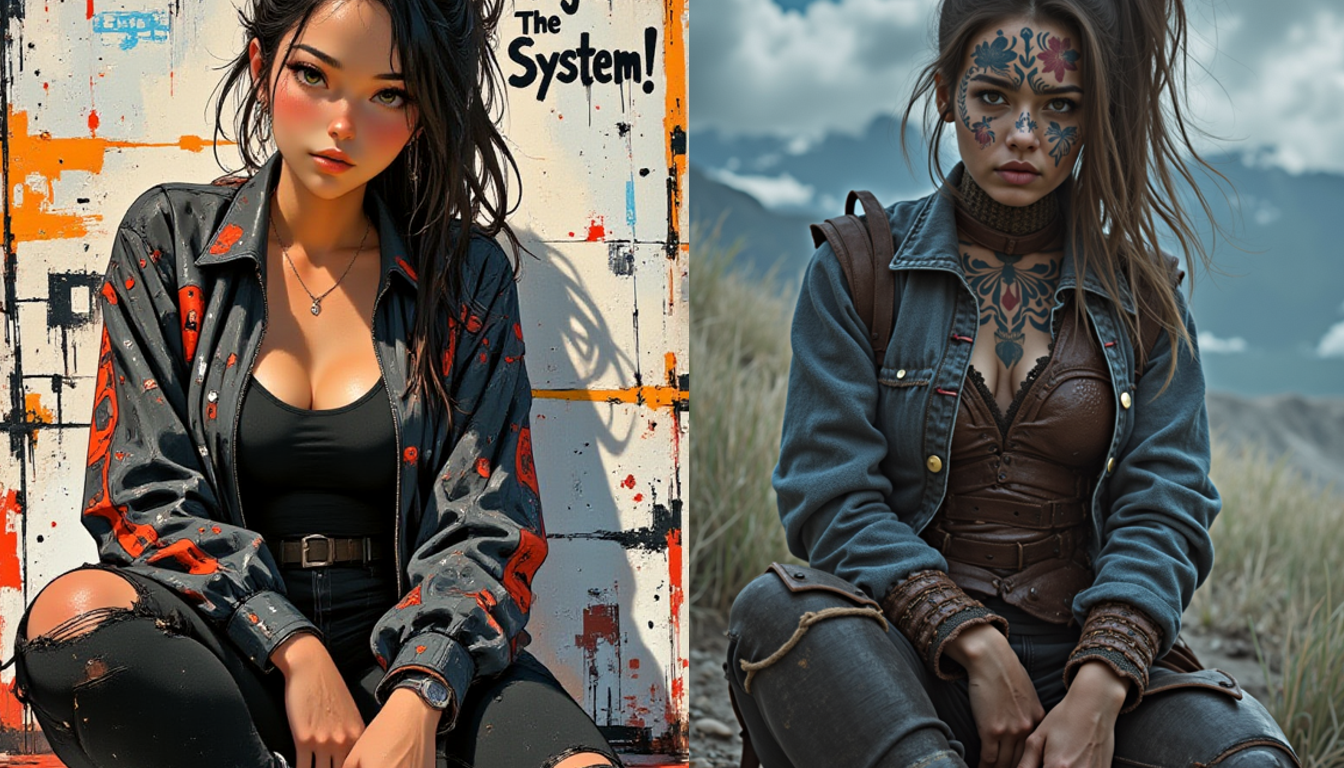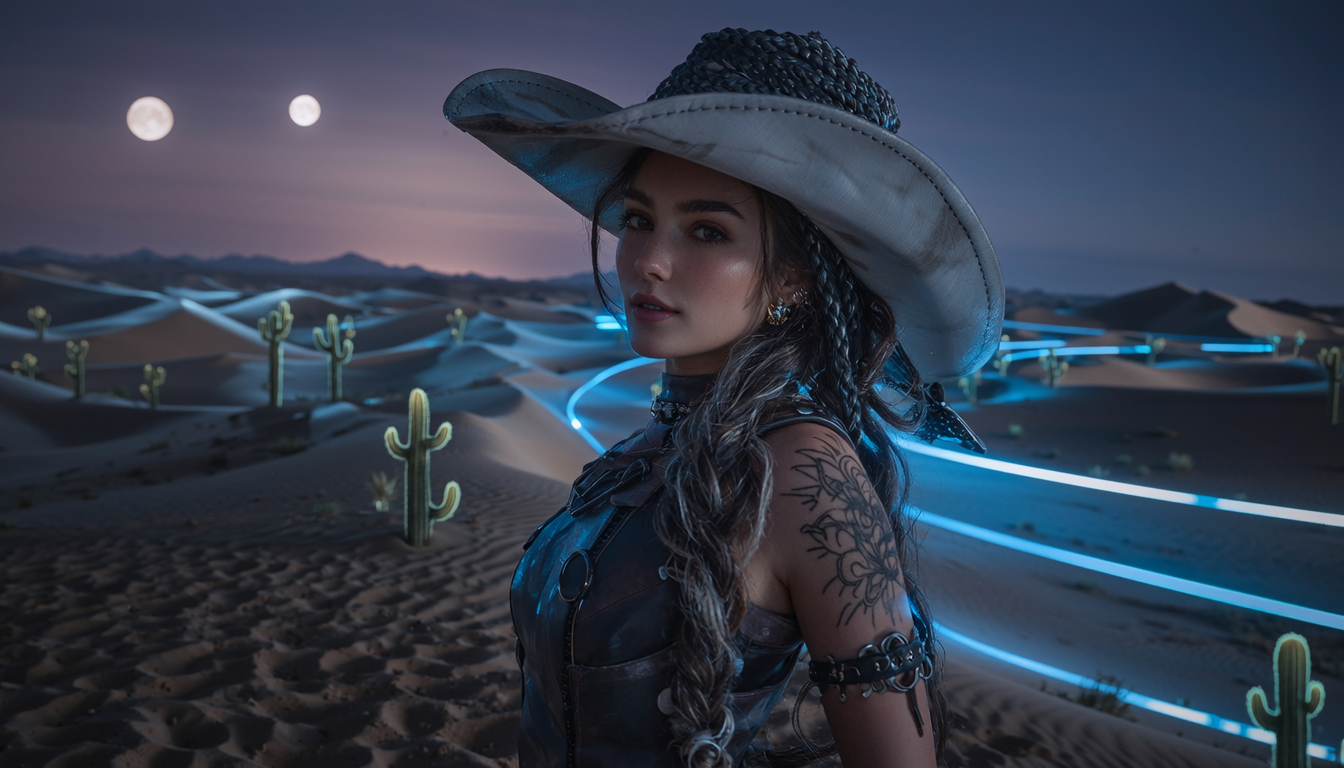Qwen Image Edit is a competent AI image editing model. You can use it to edit images using a text prompt alone or with an editing mask. In this tutorial, you will learn how to use Qwen Image Edit using multiple images. Workflow 1: Change a person’s clothes using a reference image. Workflow 2: Interaction…
Blog
Qwen Image Edit Inpaint – Precise mask edit
Qwen Image Edit is an image-editing AI model. It can be used to edit the image with text prompts alone. The edit can change any part of the image. What if you only want to change a certain part of the image, keeping the rest unchanged? In the AI world, you have to do inpainting…
Skin Detailer: Realistic skins for AI influencers
AI image generators such as Flux and SDXL generate good virtual AI influencers, but their skins can look plastic, like making out of rubber. This workflow enhances the skin of your AI influencer to look more realistic. You must be a member of this site to download the following ComfyUI workflow. Table of ContentsSoftwareHow does…
Qwen Image Edit: Direct characters with prompts
Qwen Image Edit is an image-editing model. It enables you to make precise edits to images, from subtle retouches to complex scene transformations, all through simple text prompts. Qwen Image Edit can preserve lighting and style while seamlessly integrating your edits. It supports both edits using text prompts alone and with masks (inpainting). For example,…
ComfyUI Desktop: Installation & review
ComfyUI Desktop makes it easier than ever to run ComfyUI locally without messing with the command line. It’s the most beginner-friendly way to start creating AI images and videos locally. No Python setup, Git installation, and configuration headaches. If you just want to get started quickly, ComfyUI Desktop is the clear winner. The installation takes…
Wan 2.2 AIO Upscale workflow
Long-time member Heinz Zysset kindly shares this high-resolution text-to-video workflow. This workflow uses: Table of ContentsSoftware neededWan 2.2 upscale workflowStep 1: Download modelsStep 2: Download the workflowStep 3: Install missing nodesStep 4: Revise the promptStep 5: Generate a video Software needed Wan 2.2 upscale workflow Step 1: Download models Download the Wan 2.2 AIO model…
Qwen Image User Guide
Qwen Image is a new open-source text-to-image model developed by Alibaba’s Qwen team. It’s quickly gaining thumbs-up from AI creators. Unlike many closed models, Qwen Image is both flexible and accessible, making it a strong alternative to Stable Diffusion and Flux models. You can run it locally in ComfyUI with customization. In this article, I…
ControlNet ComfyUI workflows
You can use a reference image to direct AI image generation using ControlNet. Below is an example of copying the pose of the girl on the left to generate a picture of a warrior on the right. In this pose, I will go through: Table of ContentsSoftwareWhat is ControlNet?ConditioningPreprocessorComfyUI ControlNet workflowsControlNet SD 1.5ControlNet SDXLControlNet FluxAdvanced…
Wan 2.2 First Last Frame Video
This Wan 2.2 image-to-video workflow lets you fix the first and last frames and generates a video connecting the two (FLF2V). See the example below. Input images: Output video: I will provide instructions for the following two workflows: Table of ContentsSoftware neededComfyUI Colab NotebookWan 2.2 First Last Frame workflow (Fast 4-step LoRA)Step 0: Update ComfyUIStep…
Wan 2.2 text-to-image (workflow included)
Wan 2.2 is one of the best local video models. Generating high-quality videos is what it is known for. But if you set the video frame to 1, you get an image! It is a competent image model, thanks to training with diverse sets of videos, but only if you set up the parameters correctly.…









